Current Research
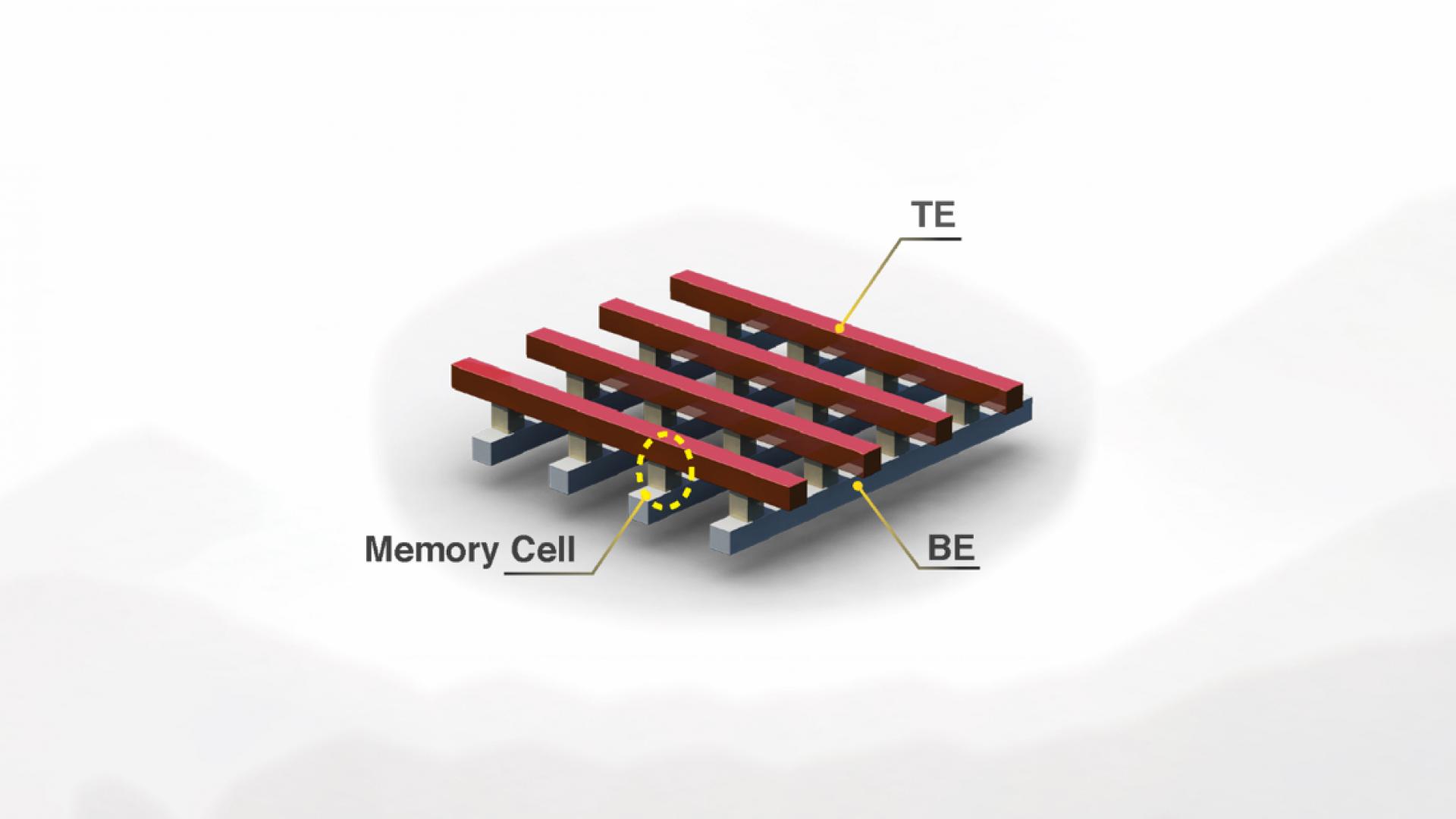
Resistive random access memory (RRAM): formation/disruption of a conductive filament (CF) in resistive switching (RS) layer: low/high resistance states(LRS/HRS); OXRAM: oxygen vacancies based filament; Conductive Bridging-RAM (CBRAM)
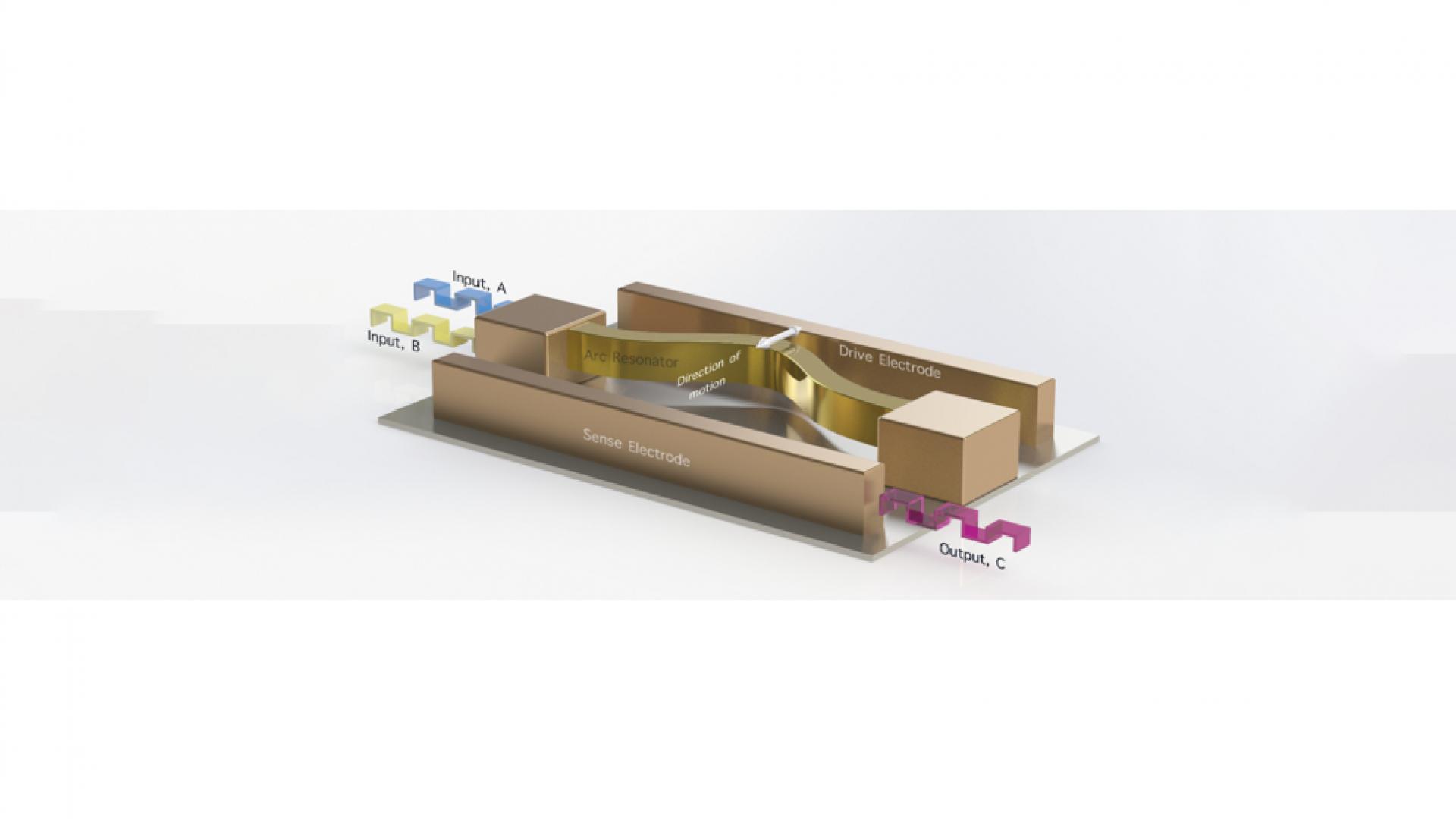
Micro/nano-electromechanical systems (MEMS/NEMS) resonators may behave as a dynamic memory and logic gate thanks to the flexibility to tune their resonance frequencies on demand. The development of MEMS/NEMS resonator-based computing elements has recently attracted significant attention in the research community.
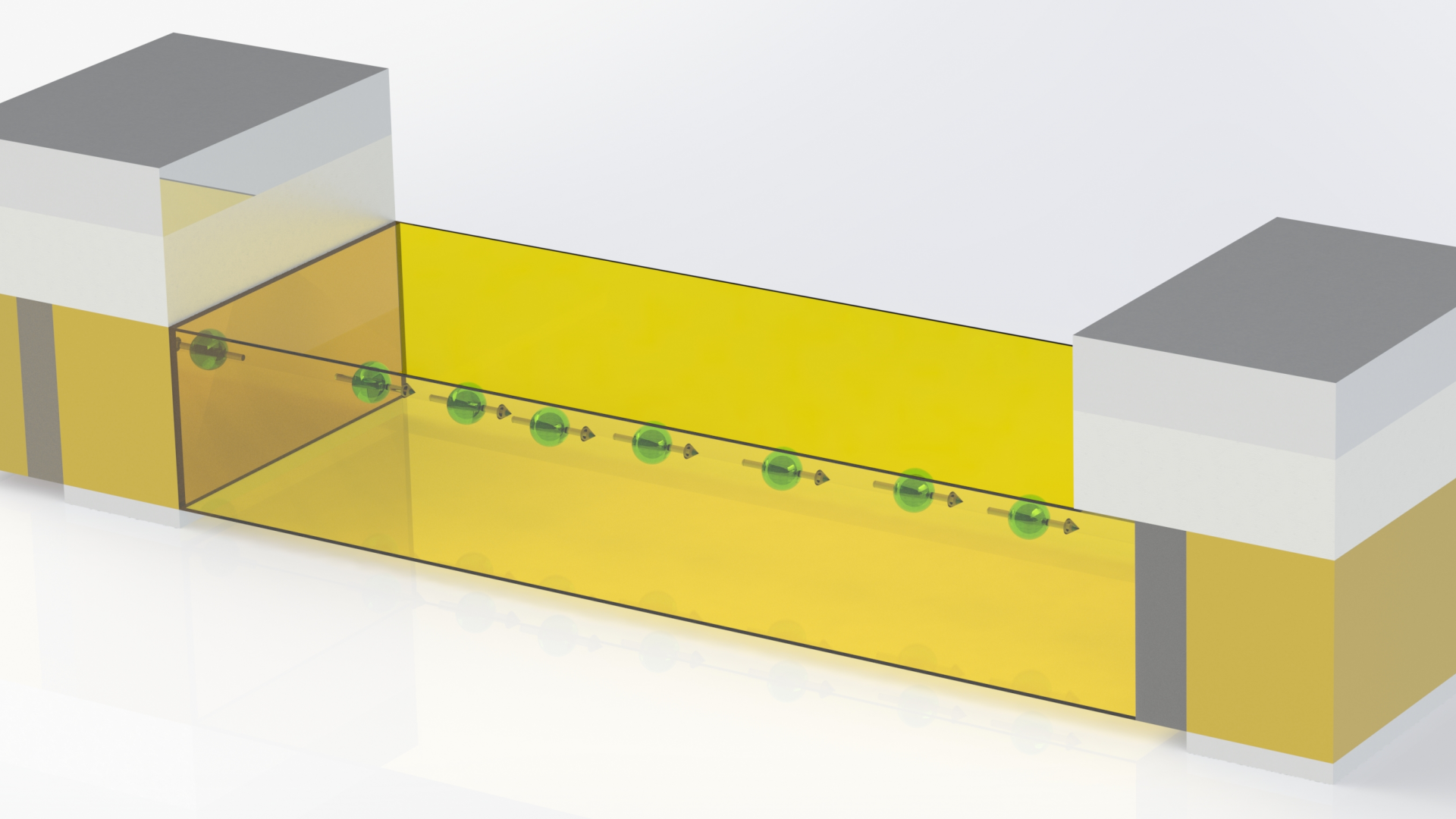
Spintronics is a new exciting field that emerged about two decades ago. In contrast to mainstream electronics which utilizes the charge for information storage and computation, spintronics exploits the quantum property "spin" in addition to the charge itself. By using two degrees of freedom rather than one, more functionalities and applications are possible.
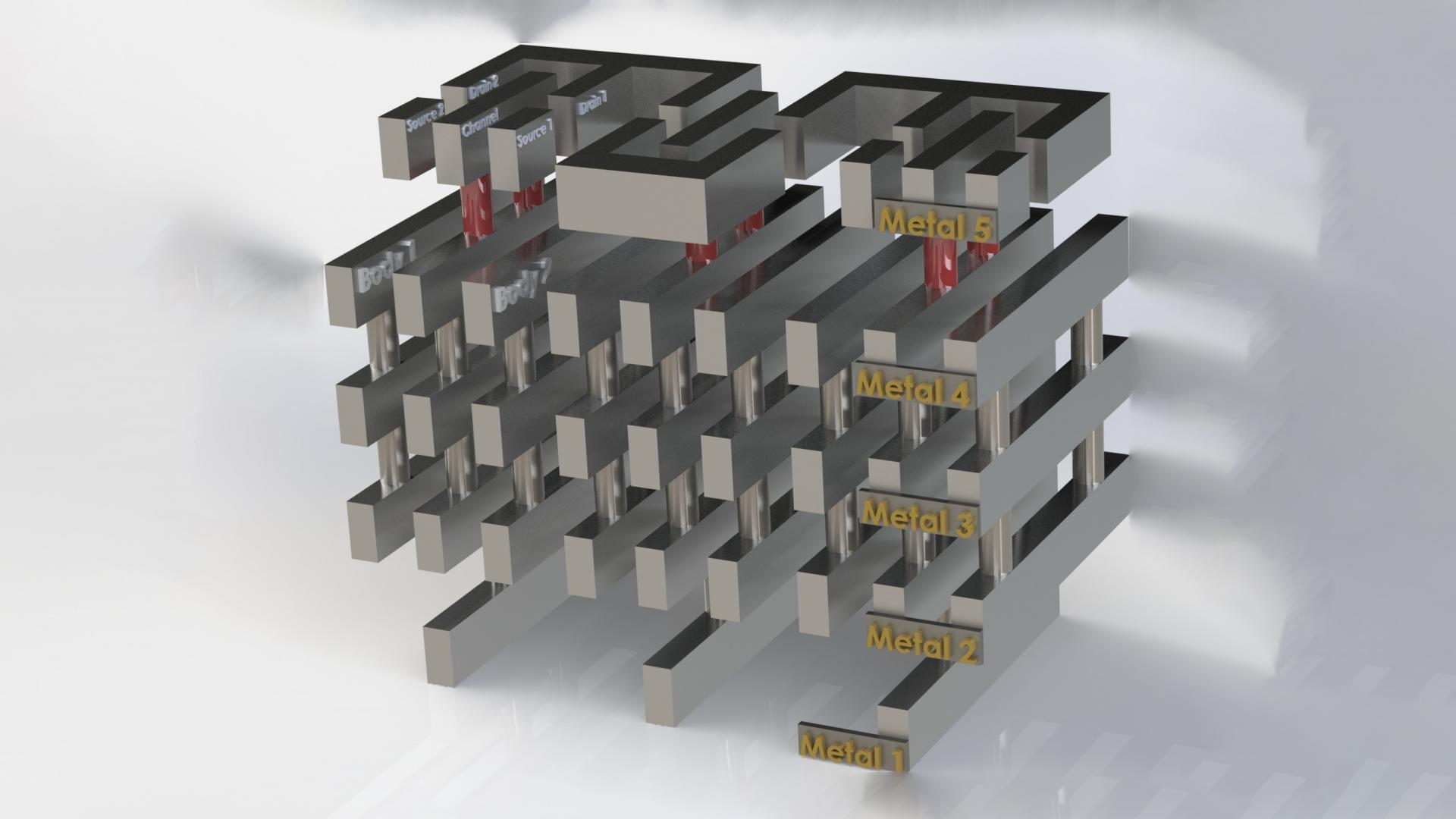
The semiconductor industry is facing a technological crisis, as the power density of integrated circuit “chips” has been constantly increasing for CMOS technology nodes below 90 nm, a consequence of increasing transistor OFF-state leakage current with miniaturization.
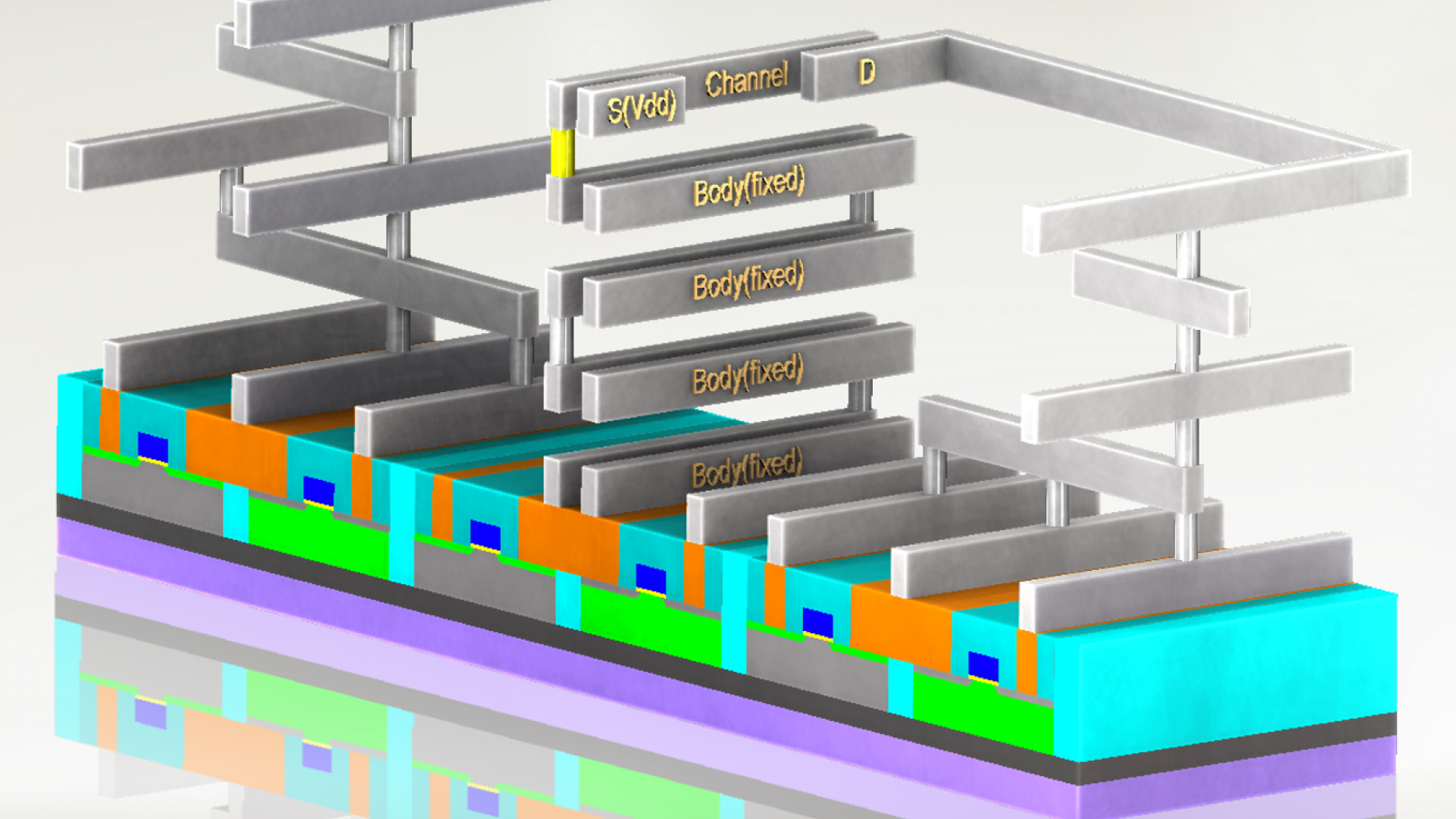
Nowadays, integrated circuits (IC) are mostly implemented using Complementary Metal Oxide Semiconductor (CMOS) transistor technology.
MEMS devices can be used for building various sensors and actuators. In particular, micro-resonators used in frequency filtering, bio and gas sensing, pressure sensing, acceleration detection and many other applications.
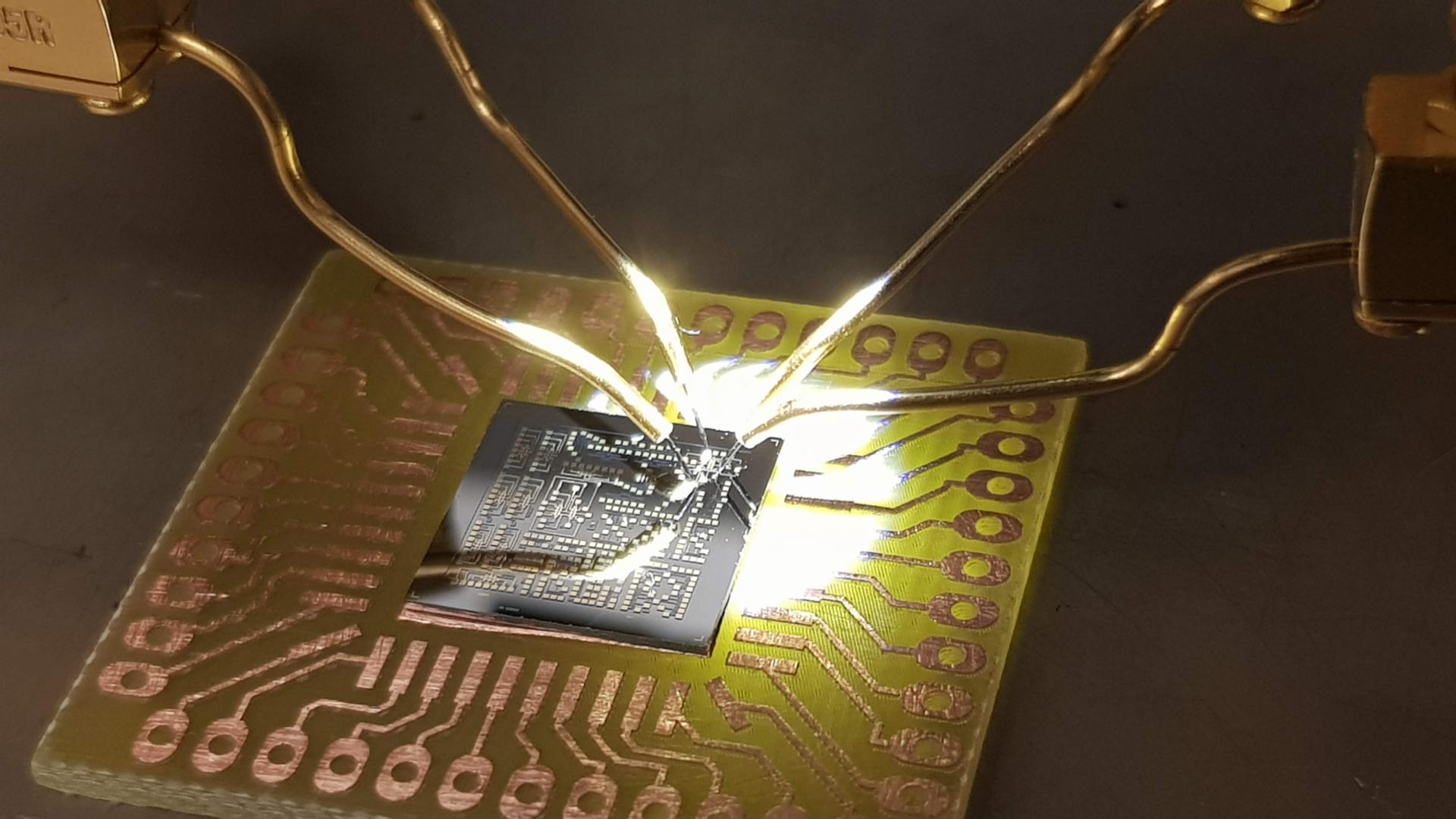
At ICS, we are pushing the limits of small switches to compete with transistors. We are investigating many technologies including Cmos, spintronic, mechanical resonators, nano- electro-mechanical switches, and different fabrication techniques at the micro and nanoscale.